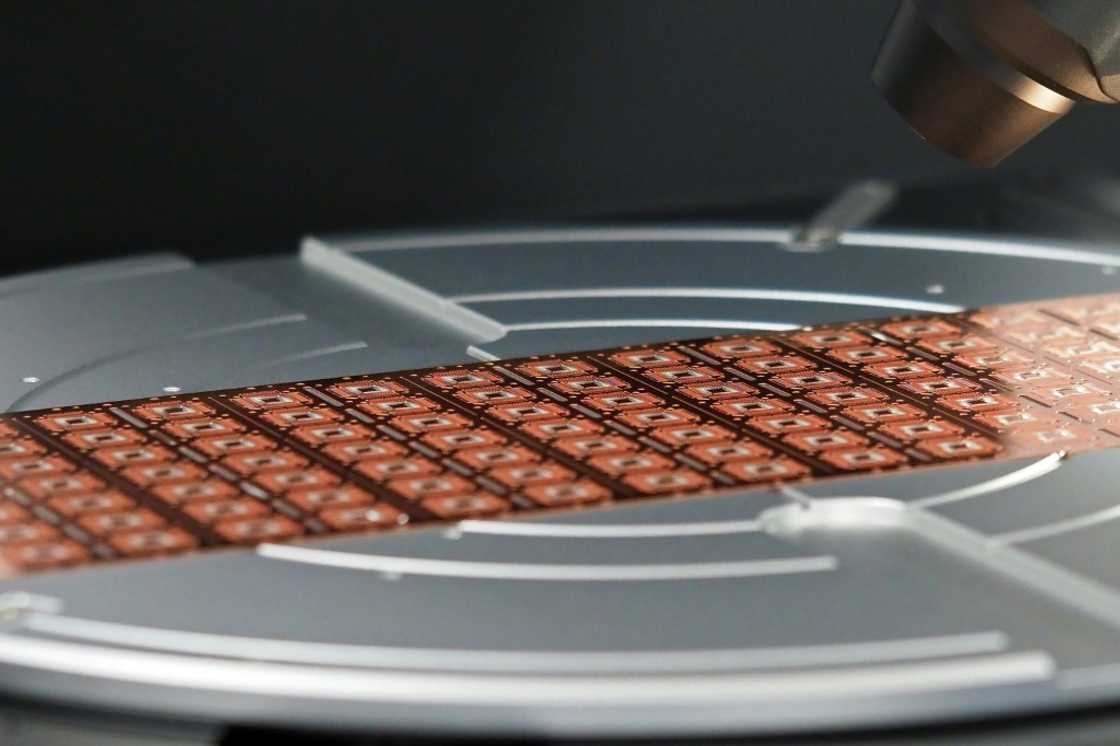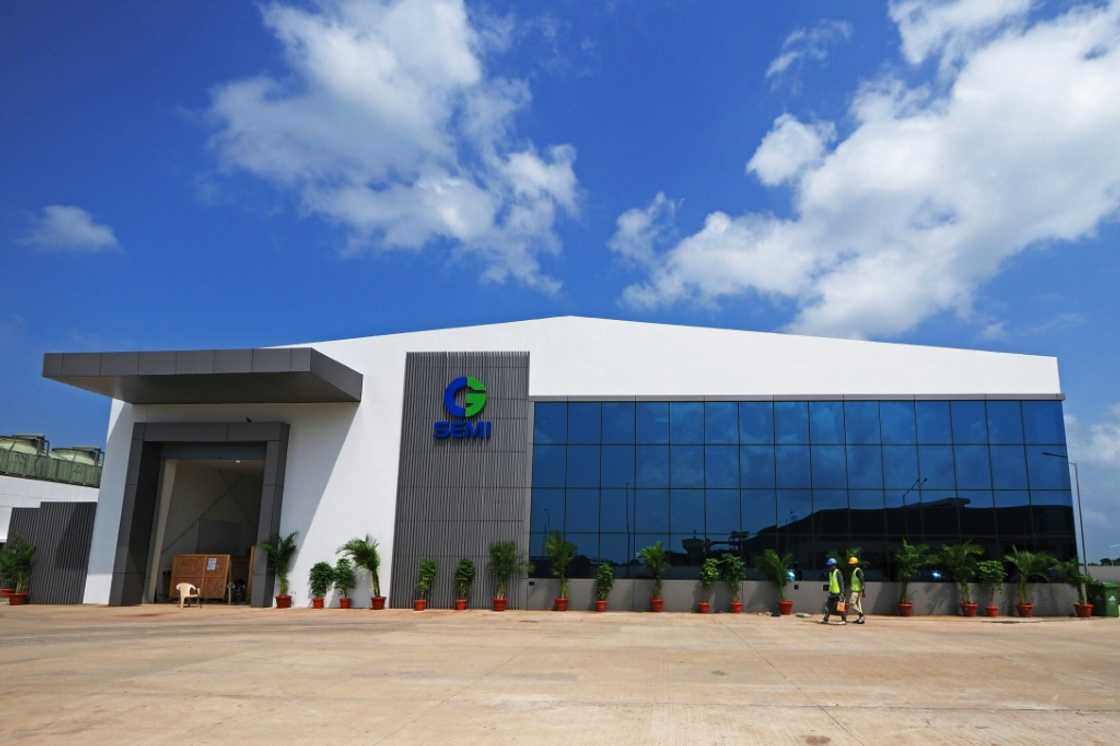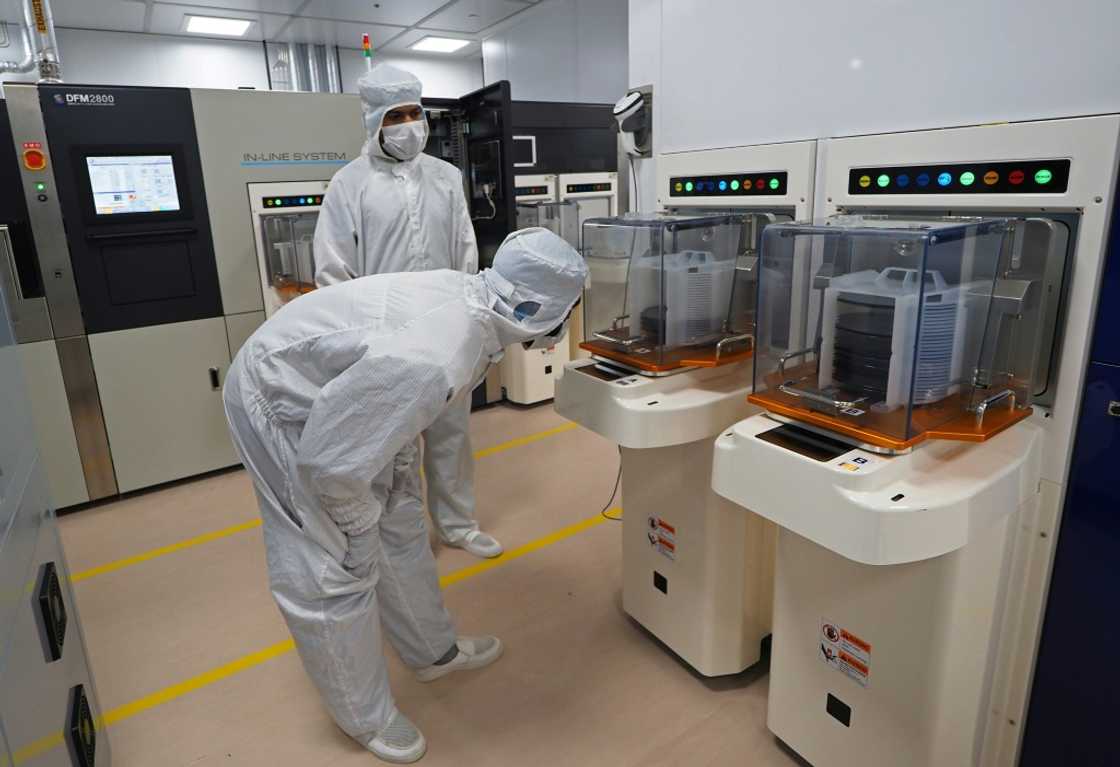
When Prime Minister Narendra Modi announced India’s “late start” in the global semiconductor industry, he placed expectations on visionaries like Vellayan Subbiah to establish a center for chip innovation.
The head of CG Power, who manages a newly established semiconductor plant in western India, is regarded as one of the first domestic leaders in this crucial industry within the world’s fastest-expanding major economy.
“Never before have I witnessed such a strong alignment between the government, decision-makers, and the business sector throughout my career,” said Subbiah, 56, to AFP.
There is a clear vision for India’s direction, along with the significance of developing our own production capabilities.
With U.S. President Donald Trump disrupting global trade through tariffs and a tough, transactional approach, Modi has intensified efforts to achieve self-sufficiency in key technologies.
New Delhi, which initiated its efforts in 2021, has this year given the go-ahead to 10 semiconductor projects valued at approximately $18 billion, including two 3-nanometer design facilities, some of the most cutting-edge.
Production is expected to start by the end of this year, with the market projected to grow from $38 billion in 2023 to almost $100 billion by 2030.
Subbiah, whose CG Power is among India’s top conglomerates, forecasts that “over $100 billion, or even more,” will be invested across the industry’s value chain within the next five to seven years.
He mentioned that “symbiotic” public-private collaborations were “extremely intriguing.”
‘Ability to accelerate’
Computer chips are considered essential for economic expansion and a means of gaining international influence.
India states its intention to establish a “comprehensive ecosystem” and challenge the supremacy of certain regions in the global supply chain.
The government has engaged domestic leaders such as Tata, along with international companies like Micron, to advance design, production, and packaging through joint ventures.

CG Semi, a collaboration between CG Power and another entity, intends to allocate almost $900 million for the establishment of two assembly and testing facilities, along with advancing its design division.
“We aim to develop chips, thereby acquiring the (intellectual property) as well — which holds significant importance for India,” stated Subbiah, who is a civil engineer by education and holds an MBA from the University of Michigan.
Nevertheless, critics argue that India is several decades behind in starting its efforts and continues to lag significantly behind the leading nations in chip production, such as Taiwan, the Netherlands, Japan, and China.
“Initially, we must acknowledge there is a gap,” Subbiah stated, pointing out that Taiwan’s TSMC has a 35-year advantage.
However, he argues that India’s size and pool of talent—the world’s most populous country with 1.4 billion people—endows it with “a considerable capacity to speed up” manufacturing.
‘More complicated’
This month, Modi stated that “20 percent of the world’s expertise in chip design is sourced from India.”
However, attracting skilled professionals who have pursued opportunities overseas to return to India continues to be difficult, even following Trump’s limitations on the H-1B visa program, which is widely utilized by Indians.
India, the fifth-largest economy globally, continues to face challenges such as bureaucratic sluggishness and limited access to advanced prospects.
Subbiah admitted that his own business hires approximately 75 foreign workers.

That’s not the approach we desire for growth. We aim to expand alongside Indians,” he stated, advocating for policies aimed at attracting talent from abroad. “How can we encourage these individuals to return?
However, the journey is more challenging than in 2021, when New Delhi initially advocated for chip independence.
Although India has obtained semiconductor and AI investment commitments from allies like Japan — which promised $68 billion in August — Trump is anticipated to show less support compared to previous American leaders for initiatives that enhance Indian capabilities.
“Overall, the geopolitical scenario has grown more complex,” Subbiah stated.
Still, he maintains a positive outlook for the future.
“Only two truly low-cost ecosystems will exist globally: one is China, and the other will be India,” he stated.
You’ll witness the center of gravity shift toward these ecosystems if you consider a 25-30 year perspective.

